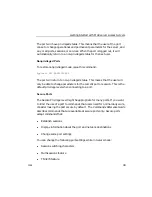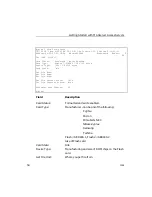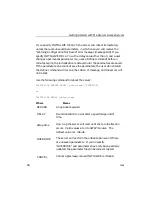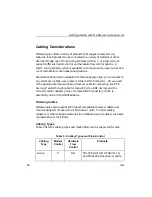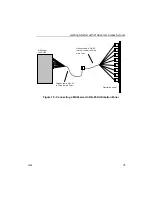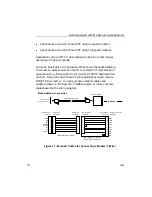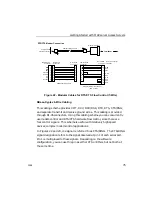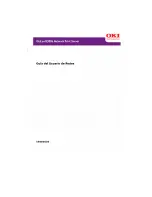
Getting Started with MAXserver Access Servers
0038
62
To use modem control or hardware flow control, you need an input control
signal and an output control signal for each. This is important to consider
when you decide which NBase-Xyplex unit to use for a particular
application, since different NBase-Xyplex units support different wiring
schemes, and some units might not have enough signals for the desired
application.
NBase-Xyplex cabling and software can be configured to use various
combinations of modem control, and hardware flow control. There are two
types of hardware flow control: DCD/DSR and RTS/CTS. DCD/DSR flow
control (referred to here as "standard" hardware flow control) is the type
that one would typically use with lower speed modems. RTS/CTS is used
with high speed modems (typically, these modems support CCITT V.42
operation). Only one type of hardware flow control can be used at a given
port. Modem control and DCD/DSR hardware flow control are mutually
exclusive (i.e., only one of these can be enabled at a given port). On 8-wire
interfaces, modem control can be used concurrently with RTS/CTS hardware
flow control.
NOTE:
You would use a "null-modem" cable when making a direct
connection between the serial ports of two access servers
(i.e., no modems involved) or other DTE device. For that
application, use a DTE-to-DTE cable, as described in the
hardware documentation supplied with your unit.
Making Your Own RJ-45 Cables
If you make your own cables, you should be very careful when using the
crimping tool. Make sure that the RJ-45 connector is fully inserted into the
die-set cavity of the crimping tool, and that the wire is fully inserted into the
RJ-45 connector, before crimping. The die set might be fragile, and could
break if the RJ-45 connector is not properly seated before you squeeze the
handle.


